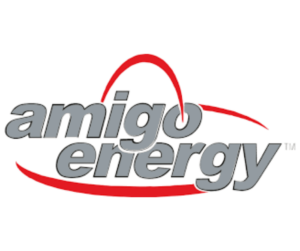Amigo Energy Rates is the least demanding construction, it is a movement of electrons through an electrical circuit. There are three essential terms you ought to get a handle on voltage, amperage, and watts.

The strain or force of the moving electrons in the circuit is assessed as Voltage. Volts are an extent of ‘push’ or electrical strain, making the electrons move or stream in the circuit. Volts are abbreviated as a Capital V and they are imparted on occasion with the picture E. If you balance voltage with a water stream, it’s comparable to the water strain in a line. The more imperative the strain, the more significant the force of the water arising out of the line. The stream speed of the electrons is assessed as Amperage. Amps are how much electrical stream goes through the circuit or wire. Amps are shortened with a capital An and are conveyed by a picture I, which addresses the power of the current. The size of a water pipe relies on how much water it every second flowing through it; wire sizes rely heavily on how many amps go through them. So the more conspicuous how much amps, the greater the transport or fundamental wire. The accompanying term to grasp is the amp/hour. Amperage is the speed at which electrons are traveling through the wire, so an amp/hour is 1 amp gushing for an hour. The amp/hour is a unit of assessment that will show a large part of the time, especially as we progress with the PV or Photo Voltaic endeavor. Limit batteries are routinely assessed by their amp/hour. On a vehicle battery, it is doable to see the quantity of amp/hours it should give. The limit batteries used in PV structures are implied as ‘significant cycle’ batteries. They are assessed at 105 amp/hour. What this speculatively suggests is that you could pile it up to make 105 amps in an hour. This isn’t recommended long stretch, but it is at this point assessed at that level.
Power, or the ability to perform work, is assessed as Watts. Watts are huge when we build a PV system since we are stressed over the power yield.
The central definition is that 1 Watt is comparable to 1 amp, under the pressure of 1 volt.
An essential technique for seeing it is the case you take the amps, and increment it by the volts that are applied to it, ascending to the watts going.
Watts measure either the usage or formation of electrical energy. We are stressed over both of these. At first, we should spread out how much every machine in the house uses. Then, at that point, the size and the number of sheets you are creating will conclude how much energy or wattage you can truly make to run those machines.
The proportions of watts you need can contrast essentially dependent upon the genuine machines you use. For example, around the house, you maybe have a 60-watt light in by far most of the light fittings, while a toaster, on the comparative circuit, draws 1600 watts, practically on various occasions how much power of light.Thus wattage is one of the central things to ponder while building a Photo Voltaic structure. Buyers’ energy is not entirely set in stone in units of Watt-hours/Kilowatt-hours.


